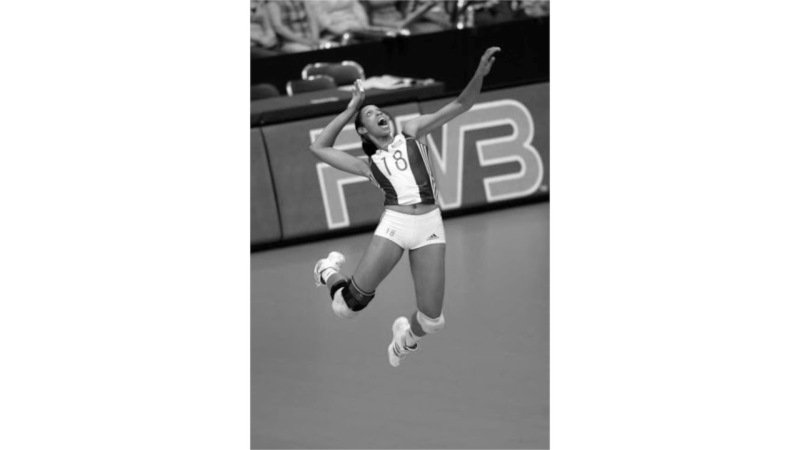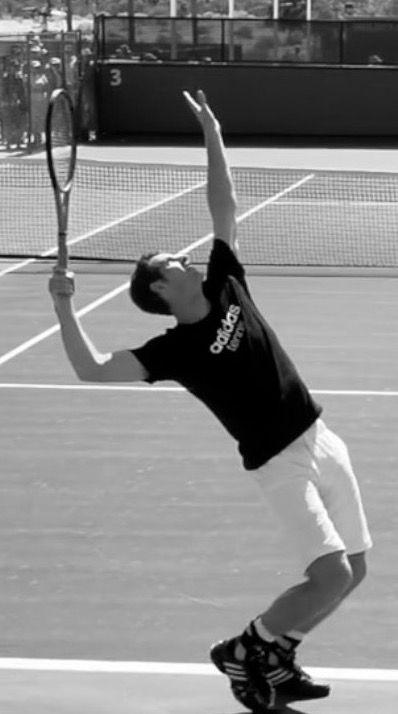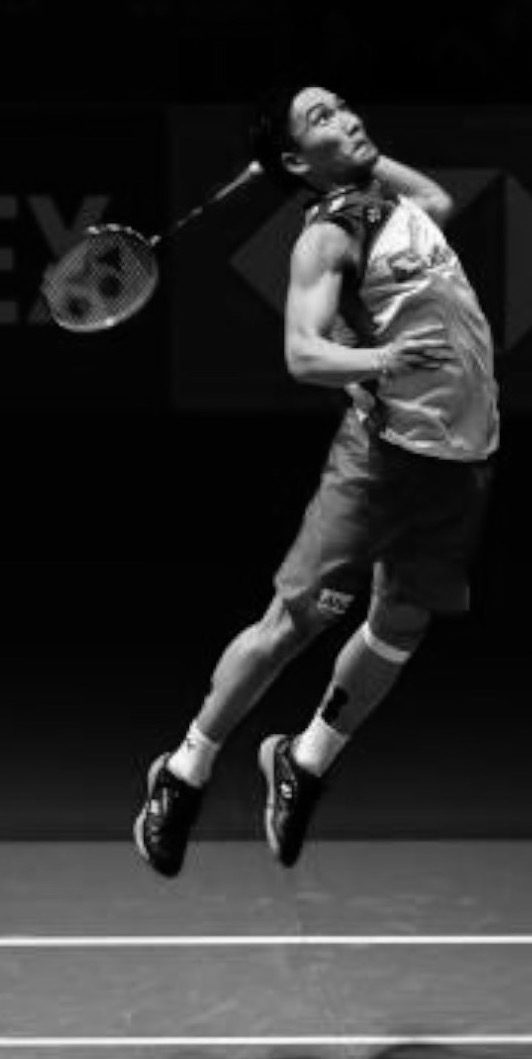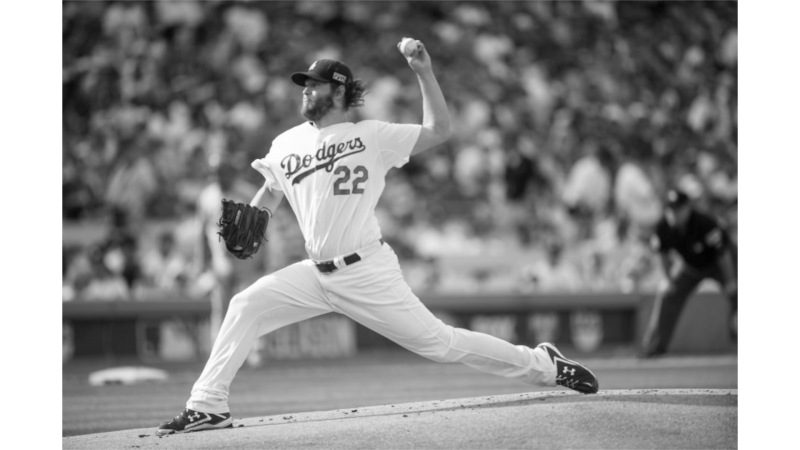
A UNIQUE METHOD FOR TRAINING THE COORDINATIVE ASPECTS OF ROTATIONAL POWER DEVELOPMENT.
The generation of explosive rotational power is an important performance requirement in many sports. It is in large part determined by the coordination and sequencing of multiple segments of the body in a crescendo of energy production and transfer through the kinetic chain. Spiral Lines is a Special Strength Training methodology for developing and refining the coordinative aspects of rotational power development.
The human body generates rotational power for a diverse range of sporting tasks in a surprisingly consistent way. Large ground reaction forces, a corkscrewing motion of the lower body and the setup of a pelvis-sternum separation angle are the cornerstones of rotational power development.















Despite the similarities there are clearly a broad range of differences in how rotational sports deliver power to achieve a sports task. The majority of these differences are determined by the method of energy transfer from the shoulder to wrist and the sports implement. As much as 30% of final impact or release velocity is determined by the quality of contribution from the shoulder and arm so for each sport it is important that we attend to these differences in our training. I currently differentiate rotational sports skills into 7 broad categories, each with necessarily different pathways of training.

WHAT IS DIFFERENT ABOUT THIS METHOD?
The name Spiral Line Training is a nod to Thomas Myers’ Anatomy Trains and one of two myofascial trains that form the anterior oblique sling (the other being the Functional Front Line). It also nicely describes a training method that loads corkscrewing and spiralling actions through all 3 planes of motion to mimic the sports skills that it aims to affect.
Spiral Lines Training capitalises on the unique properties of giant elastic bands to constrain the lumbar spine into an optimal posture, exposing the anterior oblique sling for strengthening.

I believe that transmission of force through the lumbar spine is the most important aspect of efficient rotational power development. Once we establish braced lumbar-neutral it is possible to explore the power of the oblique slings whilst surfacing dysfunctional motion at the shoulder and hip which derail efficient energy transmission through a high-performing kinetic chain.
With systematic progression of drills coached in a specific way, optimal kinematic signatures of the lower body naturally emerge. The variable resistance of the elastic bands rises to resist the crescendo of power output produced from the kinetic chain in action.

Creating a seamless link between lower and upper body kinematics is critical for maximising power output and efficiency and with Spiral Line Training you can achieve just that. Explosive vertical impulse and pelvis rotation are blended together by a bimanual, corkscrewing action of the two limbs. That energy feeds the pre-loaded oblique slings and is transmitted toward the shoulder and dissipates with a crack of the wrist.
HOW SPIRAL LINES TRAINING WORKS
Spiral Lines outlines a method for breaking down the kinetic chain into its component motor tasks and then rebuilding more effective muscle sequencing layer by layer. We can only affect changes to local muscle and joint function with any reliability at simple levels of movement complexity and rebuilding motor patterns is a practice of layering complexity back into our drills. The goal is to recruit progressively larger spans of joints until the body sequences as a single, seamless unit.
Despite the similarities there are clearly a broad range of differences in how rotational sports deliver power to achieve a sports task. The majority of these differences are determined by the method of energy transfer from the shoulder to wrist and the sports implement. As much as 30% of final impact or release velocity is determined by the quality of contribution from the shoulder and arm so for each sport it is important that we attend to these differences in our training. I currently differentiate rotational sports skills into 7 broad categories, each with necessarily different pathways of training.

WHAT IS DIFFERENT ABOUT THIS METHOD?
The name Spiral Line Training is a nod to Thomas Myers’ Anatomy Trains and one of two myofascial trains that form the anterior oblique sling (the other being the Functional Front Line). It also nicely describes a training method that loads corkscrewing and spiralling actions through all 3 planes of motion to mimic the sports skills that it aims to affect.
Spiral Lines Training capitalises on the unique properties of giant elastic bands to constrain the lumbar spine into an optimal posture, exposing the anterior oblique sling for strengthening.

I believe that transmission of force through the lumbar spine is the most important aspect of efficient rotational power development. Once we establish braced lumbar-neutral it is possible to explore the power of the oblique slings whilst surfacing dysfunctional motion at the shoulder and hip which derail efficient energy transmission through a high-performing kinetic chain.
With systematic progression of drills coached in a specific way, optimal kinematic signatures of the lower body naturally emerge. The variable resistance of the elastic bands rises to resist the crescendo of power output produced from the kinetic chain in action.

Creating a seamless link between lower and upper body kinematics is critical for maximising power output and efficiency and with Spiral Line Training you can achieve just that. Explosive vertical impulse and pelvis rotation are blended together by a bimanual, corkscrewing action of the two limbs. That energy feeds the pre-loaded oblique slings and is transmitted toward the shoulder and dissipates with a crack of the wrist.
HOW SPIRAL LINES TRAINING WORKS
Spiral Lines outlines a method for breaking down the kinetic chain into its component motor tasks and then rebuilding more effective muscle sequencing layer by layer. We can only affect changes to local muscle and joint function with any reliability at simple levels of movement complexity and rebuilding motor patterns is a practice of layering complexity back into our drills. The goal is to recruit progressively larger spans of joints until the body sequences as a single, seamless unit.

BUILDING SPORTS SPECIFICITY
With the larger building blocks of rotational power development in place we can progressively layer in specificity by closely mimicking sports skills. By manipulating stances, head positions, sporting implements, grips or by varying theoretical contact points we can further improve the relevance of drills to the athletes we work with.



The result: explosive extension-rotation drills which stress the entire kinematic sequence with potent resistance that allows experimentation around effective principles of power development specific to the target skill. From here we can transfer straight into less constrained high-velocity medicine ball work or sports practice and see if our drills have a positive carry over.


In my opinion, Spiral Lines Training is an essential aspect of any rotational athlete’s performance, injury prevention or rehabilitation programme. This approach does not replace traditional strength training, rather it has been developed to complement my general training methods, striving to perfect gross motor patterns relevant to rotational power development. I believe it to be a unique and highly adaptable means for maximising efficiency and power output of the kinetic chain for rotational sport athletes.
